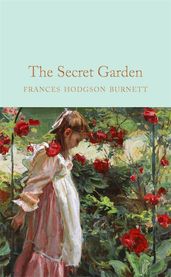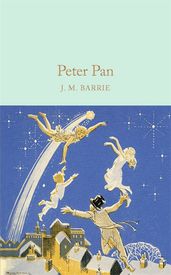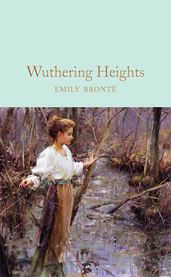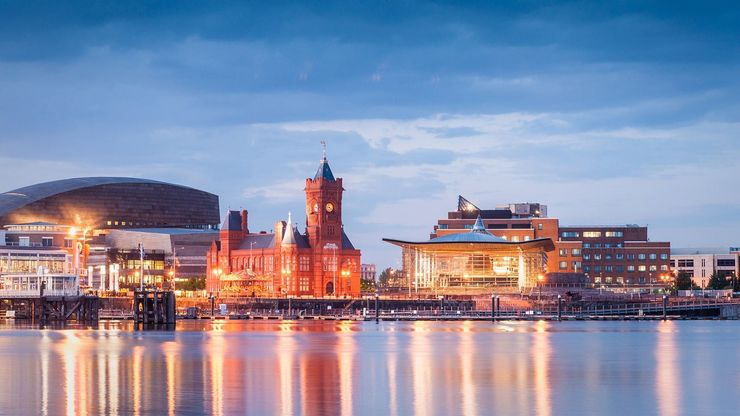10 Real-Life literary locations you can visit
Discover ten real-life locations in the UK that have made their way into well-known works of fiction.
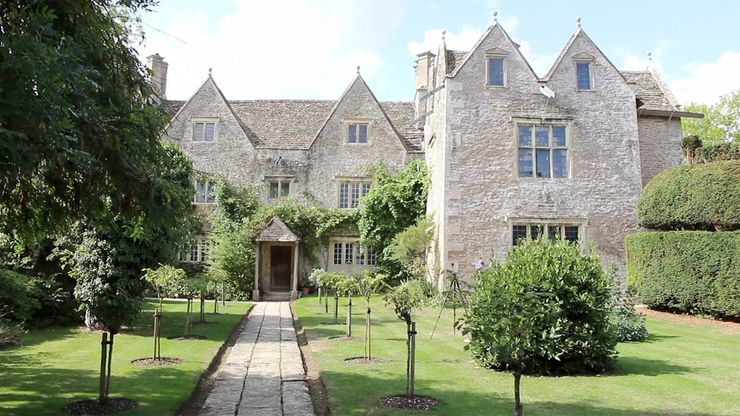
Authors have been inspired to write by their real-life surroundings throughout history. Here we take you through ten of the most interesting real-life locations that have made their way into well-known works of fiction.
Kelmscott Manor in Oxfordshire, aka Birchwood Manor in The Clockmaker's Daughter
Kate Morton's latest novel The Clockmaker's Daughter follows several generations of people who live in the enticing Birchwood Manor in Oxfordshire. In the present day, we meet Elodie, a young archivist from London who is sure she recognises the Manor from a story her mother used to tell her as a child. Meanwhile, watching over her from within the Manor is the Clockmaker's Daughter, a timeless figure who hasn't been able to leave the house for 150 years.
You won't find Birchwood Manor on any map, but Kate Morton actually drew her inspiration for the novel from Kelmscott Manor, which was once the house of the artist William Morris.
In this episode of Book Break, we went to Kelmscott Manor to explore the true stories hidden inside Kate Morton's gorgeous novel.
Great Maytham Hall in Kent, aka The Secret Garden
Hidden behind a rusty gate in a wall behind a grand house in Kent, is a secret garden that has been forever memorialised by the author Frances Hodgson Burnett. One day, Burnett saw a robin disappear behind a wall in the gardens of the house she was renting, and when she discovered the secret garden hidden within, she was inspired to write the now-beloved children's classic The Secret Garden. To this day, the hidden garden contains the summerhouse where Burnett sat to write.
The Secret Garden
by Frances Hodgson Burnett
Discover the book here.
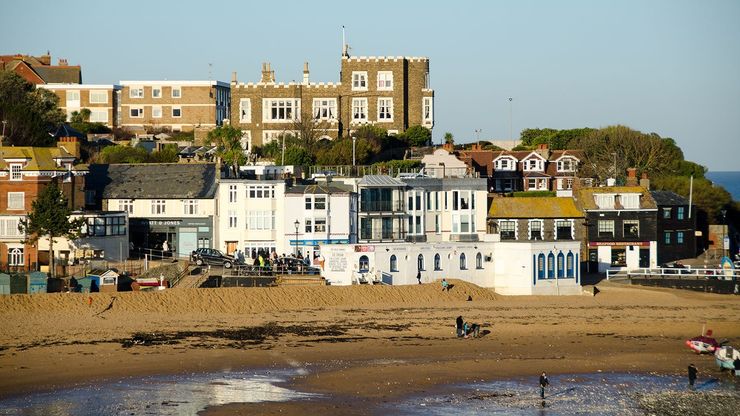
Fort House in Broadstairs, aka Bleak House
The house once known as Fort House, where Charles Dickens used to spend his summer holidays, has now officially been renamed Bleak House in honour of the novel it is believed to have inspired.
Bleak House
by Charles Dickens
Discover the book here.
Moseley Bog in Birmingham, aka the Old Forest in The Lord of the Rings
In The Lord of the Rings, J.R.R. Tolkien wrote this incredibly creepy description of the Old Forest: “The trees do not like strangers. They watch you. They are usually content merely to watch you, as long as daylight lasts." But the real Old Forest doesn't just live in your nightmares; it was actually inspired by Moseley Bog in Birmingham, just behind the house where Tolkien lived as a child.
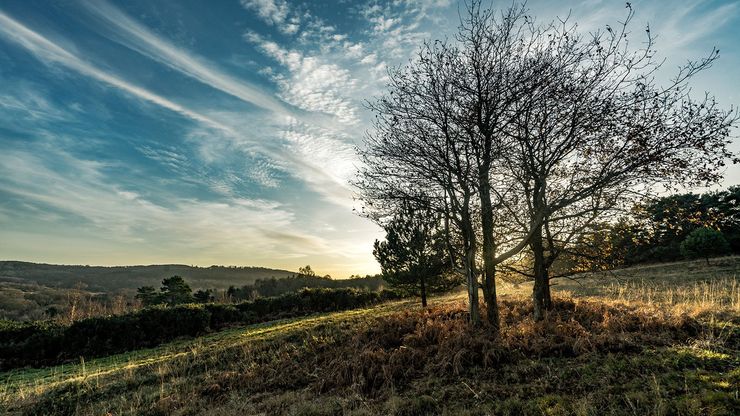
Ashdown Forest in East Sussex, aka the 100 Acre Wood in Winnie the Pooh
If you're looking for somewhere to play Pooh Sticks, there's nowhere better than Ashdown Forest, where A.A. Milne used to walk with his son Christopher Robin. Not only did A.A. Milne base his descriptions of the 100 Acre Wood on the East Sussex forest, but the artist E.H. Shepard also drew upon the landscapes of the forest for his original illustrations.
Moat Brae in Scotland, aka Neverland in Peter Pan
From the front, Moat Brae may look like a rather grand Georgian house, but go into the gardens and you will feel you have stepped into Neverland. J.M. Barrie used to play with his friends as a teenager in the enchanted gardens of Moat Brae, and many years later, this setting formed the inspiration for the magical Neverland.
Peter Pan
by J. M. Barrie
Discover the book here.
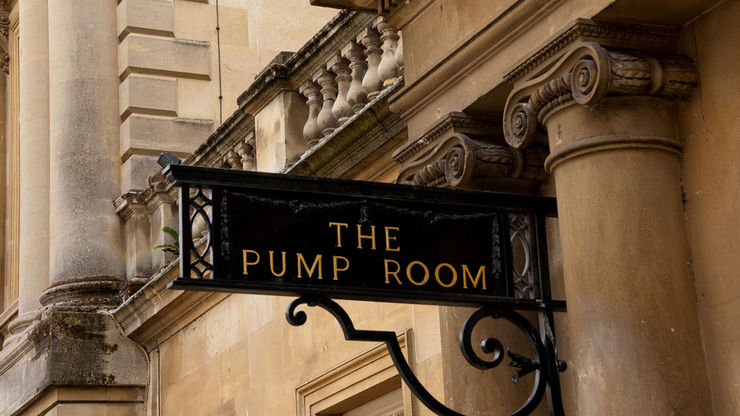
The Pump Rooms in Bath, as seen in Northanger Abbey
Jane Austen spent a long period of her life living in Bath, and the city is featured especially prominently in her novels Northanger Abbey and Persuasion. In the former, the Pump Rooms are particularly significant, as it is there that Catherine Morland makes many of her new friends. Jane Austen fans will love taking tea in the real-life Pump Rooms, and imagining Austen herself walking the floors.
Northanger Abbey
by Jane Austen
Discover the book here.
The Imperial Hotel in Torquay, aka Agatha Christie's The Majestic Hotel
The Imperial Hotel features, albeit in different forms, in three of Agatha Christie's works: Peril at End House, The Body in the Library, and Sleeping Murder. In the latter, it keeps its own name, but in the other two novels it has been renamed The Majestic Hotel. The name change might throw off any amateur detective, but super-sleuths will soon be able to identify The Imperial Hotel from its descriptions in the novels, especially with the knowledge that Agatha Christie herself often used to dine and dance in the Torquay-based hotel.

Top Withens in Yorkshire, aka Wuthering Heights
The Top Withens farmhouse bears no resemblance to the house described by Emily Bronte in Wuthering Heights, but many believe that the dramatic views from the house inspired the dark and stormy moors from the novel.
Wuthering Heights
by Emily Brontë
Discover the book here.
The Hotel Bristol in Cornwall, aka Malory Towers
Those of us who grew up dreaming of midnight feasts and lacrosse matches at Malory Towers were probably picturing a quaint school in the country – but while Enid Blyton did partially base her much-loved boarding school on Benenden School in Kent, most of her inspiration actually came from the Hotel Bristol in Cornwall, where Benenden students were evacuated during the second world war. Enid Blyton's own daughter Gillian attending the school in 1946, so perhaps some of the idyllic-sounding scenes came from Gillian's own stories!
In this episode of Book Break, Emma visits even more literary locations on a literary tour of Paris!
